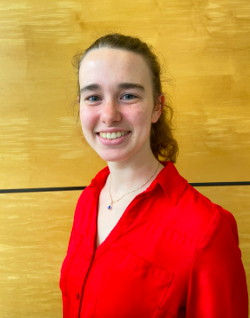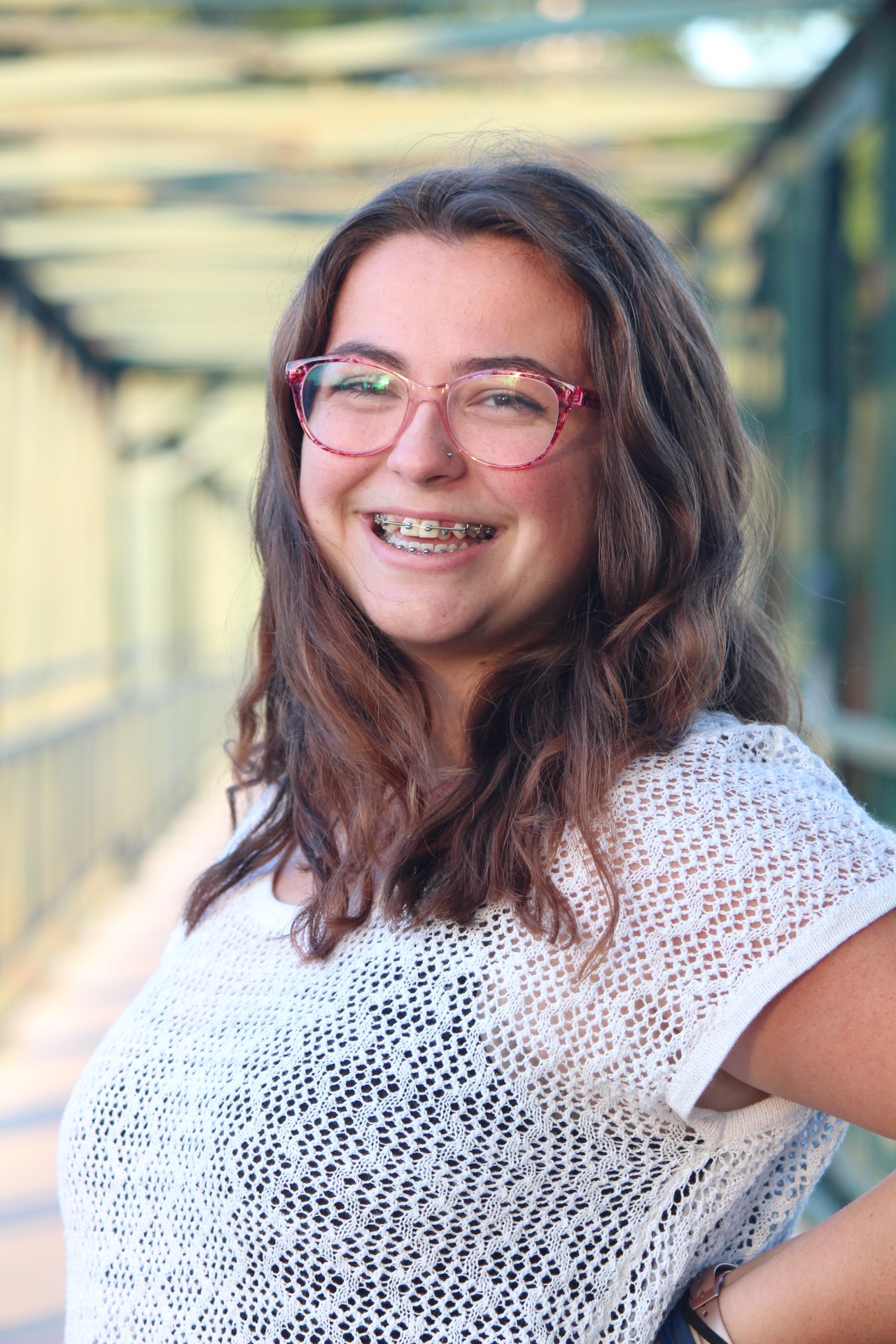Celebration of Scholars
#34: Impact of Deposition Conditions on the Quality of Silica Nanoparticle and Gold Nanoparticle Crystalline Structures
 Name:
Rachael Thomas
Name:
Rachael Thomas
Major: Chemistry
Hometown: Milton
Faculty Sponsor: John Kirk
Other Sponsors:
Type of research: Independent research
 Name:
Marissa Alcala
Name:
Marissa Alcala
Major: Chemistry
Hometown: Crystal Lake
Faculty Sponsor: John Kirk
Other Sponsors:
Type of research: Independent research
 Name:
Bailey Figgins
Name:
Bailey Figgins
Major: Chemistry
Hometown: Bristol
Faculty Sponsor: John Kirk
Other Sponsors:
Type of research: Independent research
Abstract
Integration and Optimization of Gold and Silica Nanoparticles in a Composite Colloidal Crystal
Nanotechnology has many applications, including environmental monitoring, medical diagnostics, and compound identification. This research focuses on developing a hybrid sensor structure composed of silica and gold nanoparticles for detecting organic compounds in complex aqueous solutions. This sensor is formed by spin-coating particles from solution onto glass substrates through a layering process. This process relies on several factors to ensure the deposition of nanoparticle layers with few irregularities.
Preliminary research on structures made purely of silica nanoparticles investigated the sonication of particles pre-deposition, substrate cleaning procedures, and spin parameters on deposition quality. Two objective characterization methods were designed to assess nanoparticle layering quality, focusing on optical homogeneity and opacity. The current work incorporates both gold and silica nanoparticles into the sensor structure. The standardized characterization methods are used to confirm previous optimizations and to develop other parameters of the spin coating technique, including spin speed, time intervals between deposition steps, and the number of deposition layers.
Submit date: March 29, 2023, 12:18 p.m.
